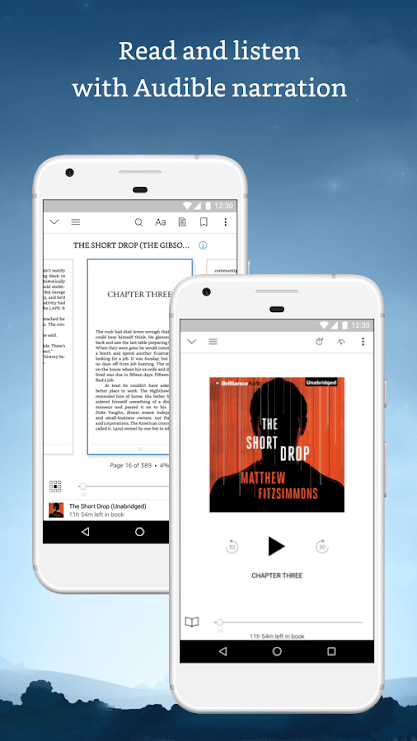
I didn’t try all the applications available. Having to periodically upload My Clippings to a platform, manage my data there in a complex interface and then export my annotations again seemed overkill. Web based solutions seemed to add complexity to the problem. While I didn’t investigate the causes for each codebase, some failed because locale specific strings were hardcoded. I looked for applications to do that and found a few: web and desktop. The obvious thing to do was to try to parse it. So while having tons of valuable data, this file is not really readable nor easily browseable. The actual content can be missed with all that noise, making the file difficult to read. For every append, it adds info about the correspondent book, the time the append was done, etc.The result is tons of similar, duplicated, or previously removed entries floating on there. It adds the newly edition, but keeps the previous one. If you edit or delete a highlight, note, etc, the file doesn’t reflect it.As the entries are ordered by time, if you annotate something in page 100, and later on page 50, the later will be after the former.So, for instance, if you switch reading between two books, you’ll get some annotations for one, then for the other, then for the first again, etc. It is not ordered by document, but by time.As I said, it is appended whenever you do one of the above operations. For each highlight, note, bookmark and clip you set while on your Kindle, it appends this file with the corresponding information. Luckily, the Kindle stores a plain text file on its documents folder called My Clippings. Depending on how you acquired each content, its annotations are available on one place or another and thus are easily exportable or not. So we get a somewhat fragmented experienced. No way to access its annotations or the content out of the Kindle. Lastly, if you added content to your Kindle via USB, bad luck. Its annotations will only be available on the mobile app.

If you sent the content to your Kindle e-mail, Amazon automatically tagged it as “personal document” (even if it is a book). You can access your annotations from Amazon’s mobile app or the web. So if you bought the book from Amazon, you have the best of worlds. I made a table to illustrate how it currently works (2019): But whether your annotations for a particular book/document will be available there depends on how you acquired it.

The Kindle has a mobile app and a web page where you can see your annotations and also export them. Now how do you access it outside of the Kindle? So you’ve been reading on your Kindle device. On this post, I want to introduce a tool I developed to help Kindle users handle their highlights, notes, bookmarks, etc. Previously, I’ve talked about the current state of annotations on the digital books and documents.


 0 kommentar(er)
0 kommentar(er)
